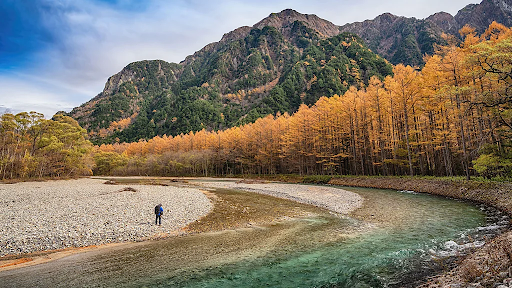
04 Feb Policies for good: Car-Free responsible travel

Kamikochi, Japan
Kamikochi’s car-free policy exemplifies how thoughtful transportation strategies can significantly influence responsible travel behavior.
Nestled in the Japanese Alps at an elevation of 1,500 meters, Kamikochi is a pristine highland valley renowned for its breathtaking natural beauty, surrounding marshes, and abundant wildlife such as Japanese snow monkeys. Recognized as a Special Natural Monument and Special Place of Scenic Beauty, Kamikochi is part of the Chūbu-Sangaku National Park and is often referred to as the “Japanese Yosemite Valley.”
In 1994, to preserve its delicate ecosystem and maintain the tranquility of the area, Kamikochi implemented a car-free policy restricting private vehicle access beyond the Kama Tunnel. Visitors are required to park their vehicles at designated areas such as Hirayu or Sawando and utilize shuttle buses or taxis to enter the valley. This initiative aims to reduce environmental impact, manage tourist flow, and promote responsible travel practices.
The transportation policy in Kamikochi has been instrumental in fostering responsible travel behavior among visitors. By limiting vehicle access, the policy minimizes pollution and habitat disruption, encouraging tourists to engage more intimately with the natural surroundings through hiking and wildlife observation. The absence of private vehicles enhances the visitor experience by providing a serene environment, free from traffic noise and congestion.
Through its transportation policy, Kamikochi’s commitment to environmental preservation has garnered international attention. The area is celebrated for its well-maintained hiking trails, crystal-clear waters, and vibrant autumn foliage, attracting nature enthusiasts worldwide. The success of Kamikochi’s approach serves as a model for other destinations aiming to balance tourism with ecological conservation.
Kamikochi’s car-free policy shows how thoughtful transportation strategies can significantly influence responsible travel behavior. By prioritizing environmental sustainability and visitor experience, Kamikochi has preserved its natural beauty for future generations, setting a benchmark for responsible tourism practices through policy.

